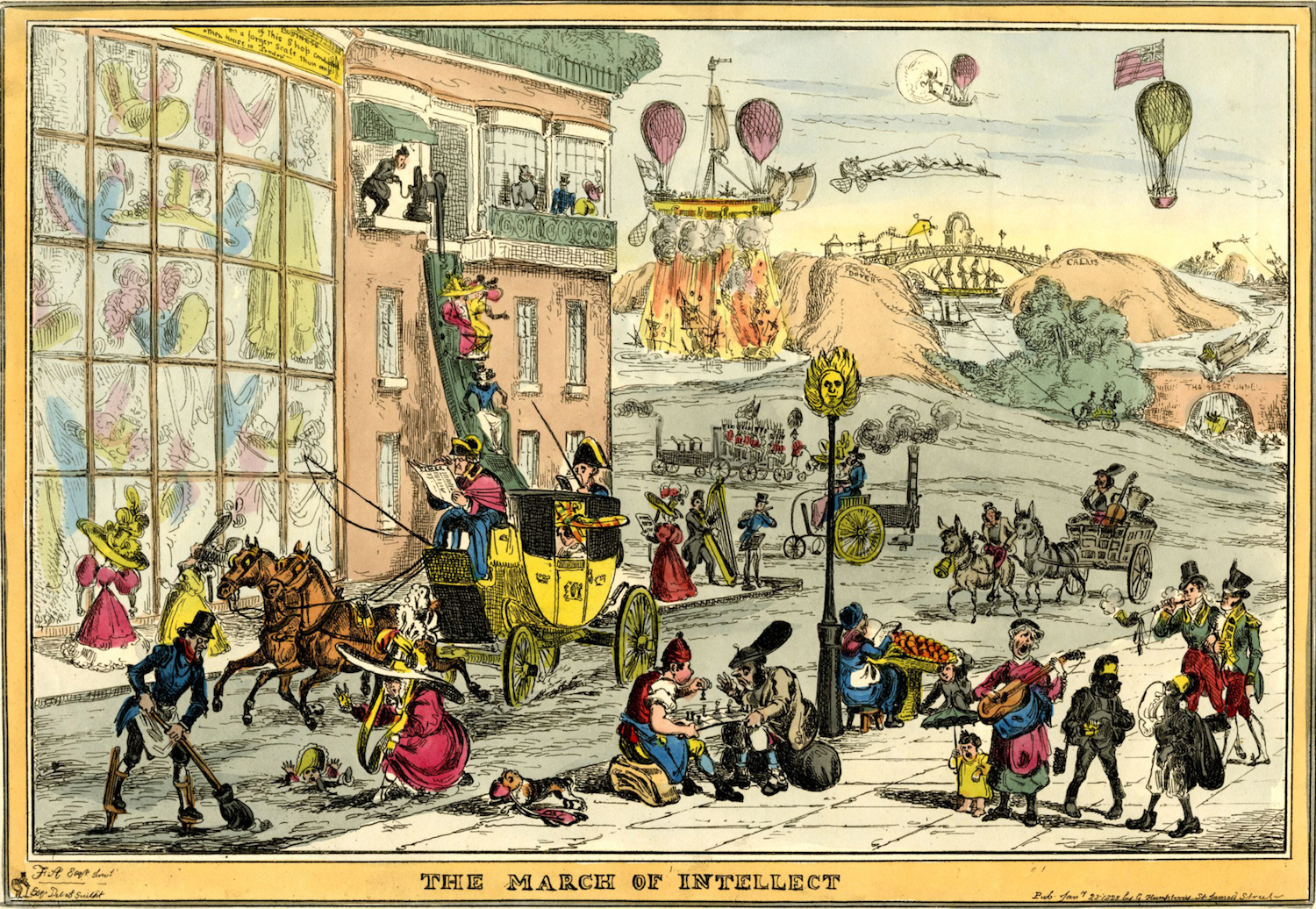Ludwig van Beethoven died in 1827, a bit early to be subjected to the kinds of DNA analysis that have become so prevalent today. Luckily, the German-speaking world of the early nineteenth century still adhered to the custom of saving locks of hair from the deceased — particularly lucky for an archaeology student named Tristan Begg and his collaborators in the study “Genomic analyses of hair from Ludwig van Beethoven,” published just this month in Current Biology. In the video from Cambridge University just above, Begg introduces the research project and describes what new information it reveals about the composer whose life and work have been so intensively studied for so long.
“Working with an international team of scientists, I identified five genetically matching, authentic locks of hair and used them to sequence Beethoven’s genome,” Begg says. “We discovered significant genetic risk factors for liver disease and evidence that Beethoven contracted the Hepatitis B virus in, at the latest, the months before his final illness.”
And “while we couldn’t pinpoint the cause of Beethoven’s deafness or gastrointestinal problems, we did find modest genetic risk for Systemic Lupus Erythematosus,” an autoimmune disease. History remembers Beethoven as a not particularly healthy man; now we have a clearer idea of which conditions he could have suffered.
But this study’s most revelatory discoveries concern not what has to do with Beethoven, but what doesn’t. The famous lock of hair “once believed to have been cut from the dead composer’s head by the fifteen-year-old musician Ferdinand Hiller” turns out to have come from a woman. Nor was Beethoven himself “descended from the main Flemish Beethoven lineage,” which is shown by genetic evidence that “an extramarital relationship resulted in the birth of a child in Beethoven’s direct paternal line at some point between 1572 and 1770.” This news came as a shock to “the five people in Belgium whose last name is van Beethoven and who provided DNA for the study,” writes the New York Times’ Gina Kolata. But then, Beethoven’s music still belongs to them — just as it belongs to us all.
Related content:
Stream the Complete Works of Bach & Beethoven: 250 Free Hours of Music
The Story of How Beethoven Helped Make It So That CDs Could Play 74 Minutes of Music
Based in Seoul, Colin Marshall writes and broadcasts on cities, language, and culture. His projects include the Substack newsletter Books on Cities, the book The Stateless City: a Walk through 21st-Century Los Angeles and the video series The City in Cinema. Follow him on Twitter at @colinmarshall or on Facebook.











